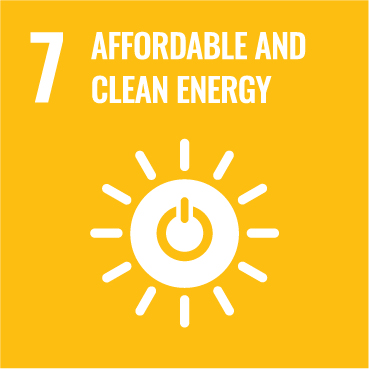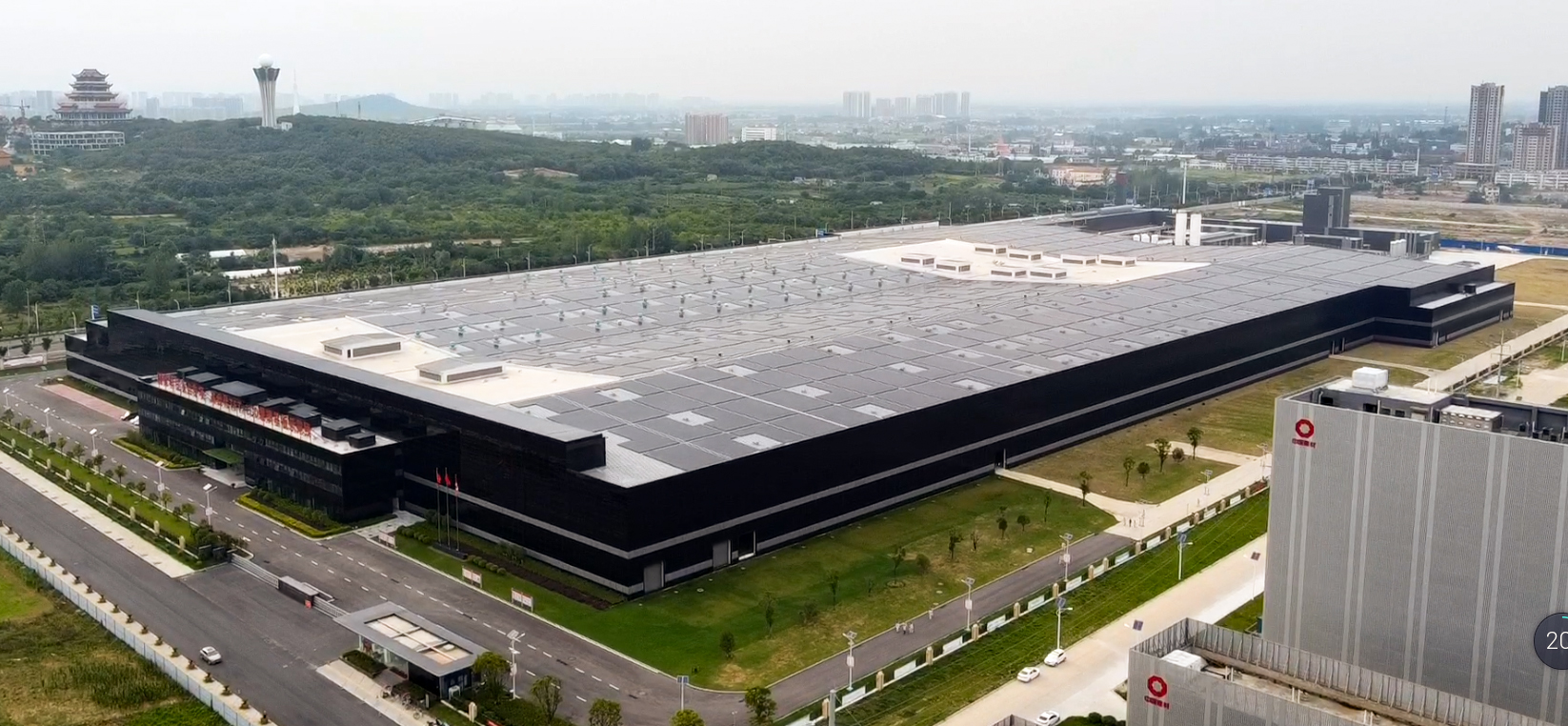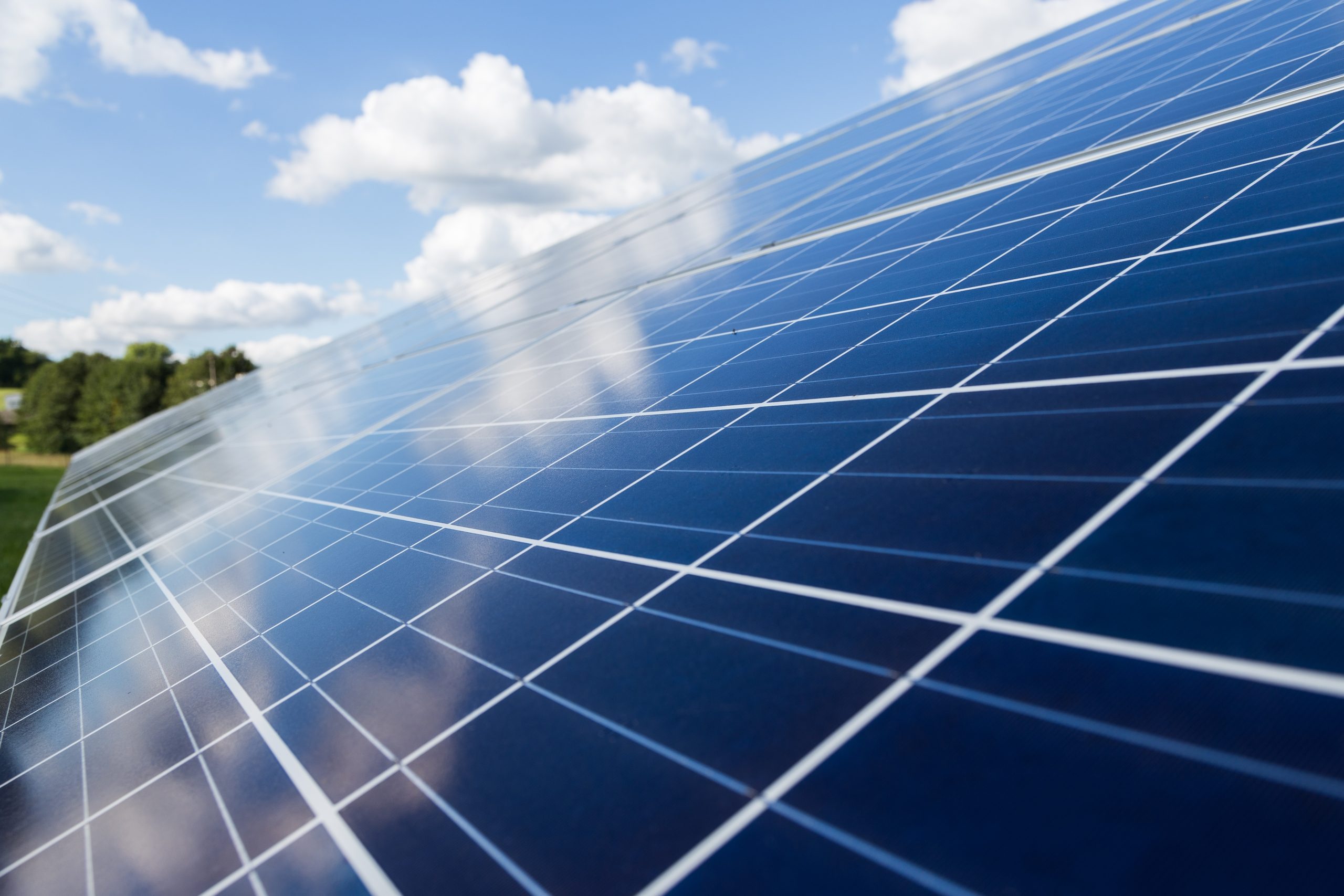Explore the exhibition


Glass in green energies I
Solar energy
The Sun provides around 180,000 terawatts of energy to the Earth, much more than is required to sustain life. The challenge is to make use of this energy and to make it available for human activities whenever and wherever it is needed. The most highly-developed technologies for this are thermal solar energy and photovoltaic solar energy, in which glass is fundamental.
Glass in green energies I
Solar energy
The Sun provides around 180,000 terawatts of energy to the Earth, much more than is required to sustain life. The challenge is to make use of this energy and to make it available for human activities whenever and wherever it is needed. The most highly-developed technologies for this are thermal solar energy and photovoltaic solar energy, in which glass is fundamental.
Solar thermal energy
Concentrated solar thermal energy uses the Sun’s radiation to produce heat, which can be used in many ways, such as heating water for heating, producing electricity (concentrated solar power), and generating green hydrogen. The key is to collect, transmit and store heat, all processes that depend on glass. For example, the so-called ‘concentrating reflector’ is essential in the collection of heat; this component is mainly made of ultra-thin ultra-clear glass that has high transmittance and is weatherresistant.
Planta de energía solar térmica de 50 MW en Qinghai, China.
Solar thermal energy
Concentrated solar thermal energy uses the Sun’s radiation to produce heat, which can be used in many ways, such as heating water for heating, producing electricity (concentrated solar power), and generating green hydrogen. The key is to collect, transmit and store heat, all processes that depend on glass. For example, the so-called ‘concentrating reflector’ is essential in the collection of heat; this component is mainly made of ultra-thin ultra-clear glass that has high transmittance and is weatherresistant.
Planta de energía solar térmica de 50 MW en Qinghai, China.
Photovoltaic solar energy
Photovoltaic solar energy produces electricity using solar cells: semi-conductor devices that react with the Sun’s radiation. In first-generation solar cells, the semi-conductor material is sealed between two panes of glass. In second-generation cells, the glass forms a substrate onto which a thin film of semiconductor material is applied. The latter technology is the option most commonly used to integrate photovoltaic energy in buildings.


Left, the largest integrated thin-film solar cell construction project in the world in Anhui, China. Above, photovoltaic panels.
Photovoltaic solar energy
Photovoltaic solar energy produces electricity using solar cells: semi-conductor devices that react with the Sun’s radiation. In first-generation solar cells, the semi-conductor material is sealed between two panes of glass. In second-generation cells, the glass forms a substrate onto which a thin film of semiconductor material is applied. The latter technology is the option most commonly used to integrate photovoltaic energy in buildings.





